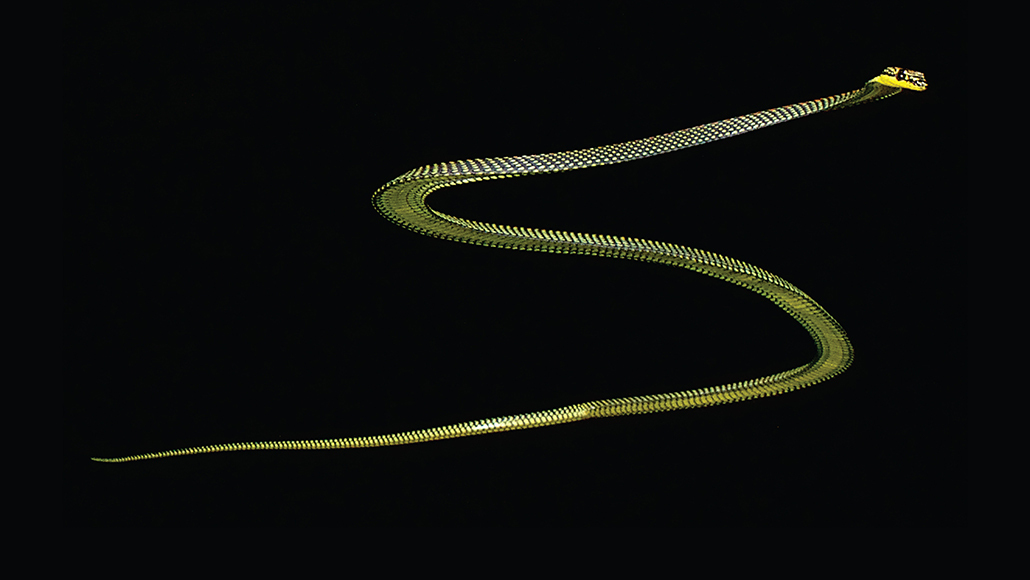Here’s how flying snakes stay aloft
Scientists captured the undulating motion of paradise tree snakes gliding from tree to tree

Paradise tree snakes undulate their bodies as they glide through the sky to keep from tumbling, scientists report.
Jake Socha






